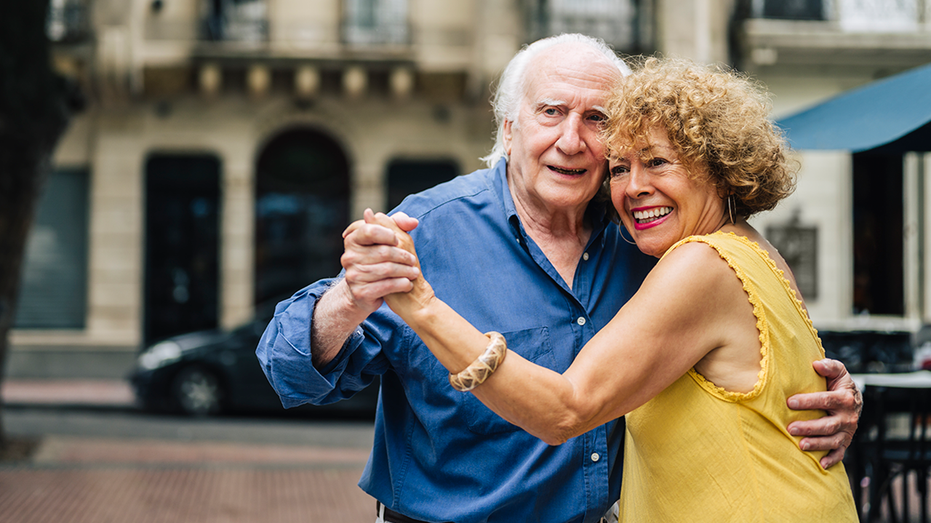Tango Therapy: Dancing Proven to Ease Chemo Side Effects in Cancer Survivors

Sarah Johnson
April 24, 2025
Brief
Argentine tango may ease chemotherapy-induced neuropathy for breast cancer survivors, improving mobility and quality of life. Early studies highlight dance’s potential benefits in cancer recovery.
Dancing isn’t just for the club anymore—it might be the next big thing in cancer recovery. Early data out of The Ohio State University Comprehensive Cancer Center is showing that the Argentine tango could do wonders for patients still dealing with the side effects of chemotherapy, particularly chemo-induced neuropathy (CIN). For anyone unfamiliar, CIN often hits the hands, feet, and limbs, leaving survivors with pain, numbness, and an increased risk of stumbling into things (and not in a cute, toe-tapping way).
Turns out, 80% of breast cancer survivors experience CIN, and it’s a real drag on quality of life. Enter the DAANCE study, led by scientist and former dancer Lise Worthen-Chaudhari. She and her team set out to see if a little bit of tango—yes, the dance—could help restore mobility and soothe symptoms like tingling, burning, and loss of feeling.
The early results? Pretty promising. Small doses of social dancing did more for dual-task function (that’s doing two things at once, like walking and talking) than larger doses of at-home exercise. The researchers think that’s because dancing works your brain and your body together, rewiring neuropathways hit by cancer treatment. Just 20 minutes a few times a week could make a difference.
The Argentine tango’s steady beat (at 120 beats per minute, for the music nerds out there) actually helps align brainwaves and physical movements, a phenomenon called "entrainment." Combine the rhythm, movement, and social connection, and you’ve got a recipe for recovery that’s more than the sum of its parts. It’s science with a side of salsa—well, tango, but you get the idea.
Other institutions have noticed similar benefits in people with Parkinson’s, and researchers think this approach could help folks with diabetes, dementia, and even those just dealing with getting older. Worthen-Chaudhari’s team is planning a larger, five-year study with 140 breast cancer survivors to see how long these benefits last.
For survivors, this is about more than just feeling a bit better. As Worthen-Chaudhari put it, "It’s about helping survivors reclaim their lives and thrive, rather than just survive." She was pleasantly surprised to find that dancing with a friend was just as effective as more traditional exercise for easing symptoms—minus the whole sweaty workout clothes thing. Some might call that a win-win.
Real-life survivor Aimee Kain shared that tango therapy didn’t just help her body, but it also connected her with other women facing similar struggles. "It was also a fun, lighthearted way to approach treatment," she said. In her words, "There are huge benefits to that." Now she’s healthy and back to enjoying her life—dancing included.
If you’re a little nervous to hit the dance floor, Aimee encourages giving it a try, even if it’s outside your comfort zone. Because when it comes to recovery, sometimes the best medicine really is moving to your own beat.
Topics
Editor's Comments
Honestly, I never expected ‘tango’ and ‘cancer recovery’ to end up in the same sentence—unless cancer was the villain in a soap opera and tango was the dramatic comeback. But here we are, with science doing its best Fred Astaire impression. Maybe the real secret to health is less treadmill, more twirling. I just hope the next big study isn’t on the cha-cha, or we might never get grandma off the dance floor.
Like this article? Share it with your friends!
If you find this article interesting, feel free to share it with your friends!
Thank you for your support! Sharing is the greatest encouragement for us.



